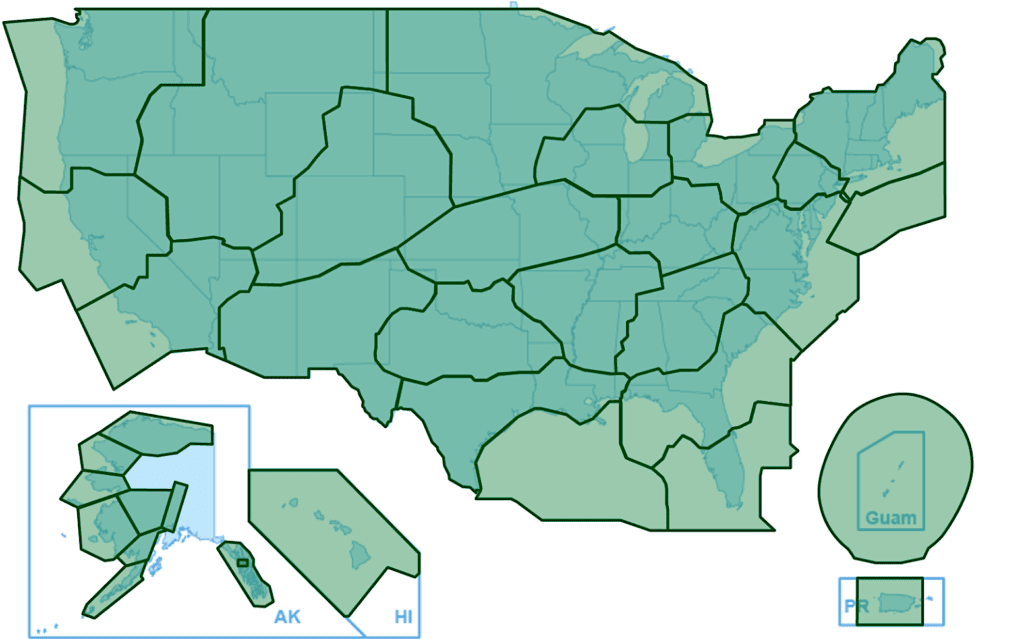
As the FAA turned on ADS-B surveillance at the final two of 155 airports across the U.S., industry groups are pushing for expansion in Alaska. Photo: FAA
The FAA turned ADS-B on at the final two airports in the nation, Akron-Canton Airport and Mansfield Lahm Regional Airport, both in Ohio, that will receive the next-generation surveillance technology three months ahead of the upcoming Jan. 1, 2020 airspace mandate last month. While the baseline infrastructure is now complete with the technology operational at 155 airports throughout the U.S., several industry groups are pushing for an expansion of ADS-B surveillance in Alaska.
The new system is now the preferred surveillance source for airports, Terminal Radar Approach Control Facilities, which handle busy airspace around airports, and en route facilities, which handle high altitude traffic.
With the final two airports now covered, the agency can now shift its focus to its next phase of air traffic management surveillance, where several new airspace policies enacted throughout 2019 will become effective. New policies include requirements for scheduled operators whose aircraft are not equipped with ADS-B to request authorization to perform their desired flight at least one hour before each proposed operation to the ATC facility that has jurisdiction over the airspace.
Operators will also need to predict the availability of the GPS constellation along their planned route and comply with a number of operational stipulations the FAA has outlined in its newly published policy on pre-flight performance requirements. Military and law enforcement aircraft can also now request to turn their ADS-B Out transmissions off when conducting sensitive operations.
Although ADS-B is now live across the country, one segment of the U.S. aviation community, business and general aviation operators based in Alaska, are still pushing for an expansion of the ADS-B coverage area. In a letter submitted to the FAA Program Management Office, the Alaska Airmen Association and Alaska Aviation Safety Foundation were joined by leaders from AOPA and NBAA proposing a minimum operational network for ADS-B coverage in Alaska. The groups claim that ADS-B coverage exists for some portions in Alaska, but that large gaps in coverage remain.

“An additional 23 approximate locations are identified that should be considered to fill major gaps in the routes used by GA aircraft (commercial and non-commercial) that use low-altitude routes across the state.,” the letter reads.
FAA has not responded to the additional locations proposed in the letter, but has not provided any indication that plans for expansion have been developed.
“ADS-B provides coverage everywhere radar coverage exists, with further coverage in places that lack radar coverage, including the Gulf of Mexico and Alaska,” a representative for the FAA told Avionics International.